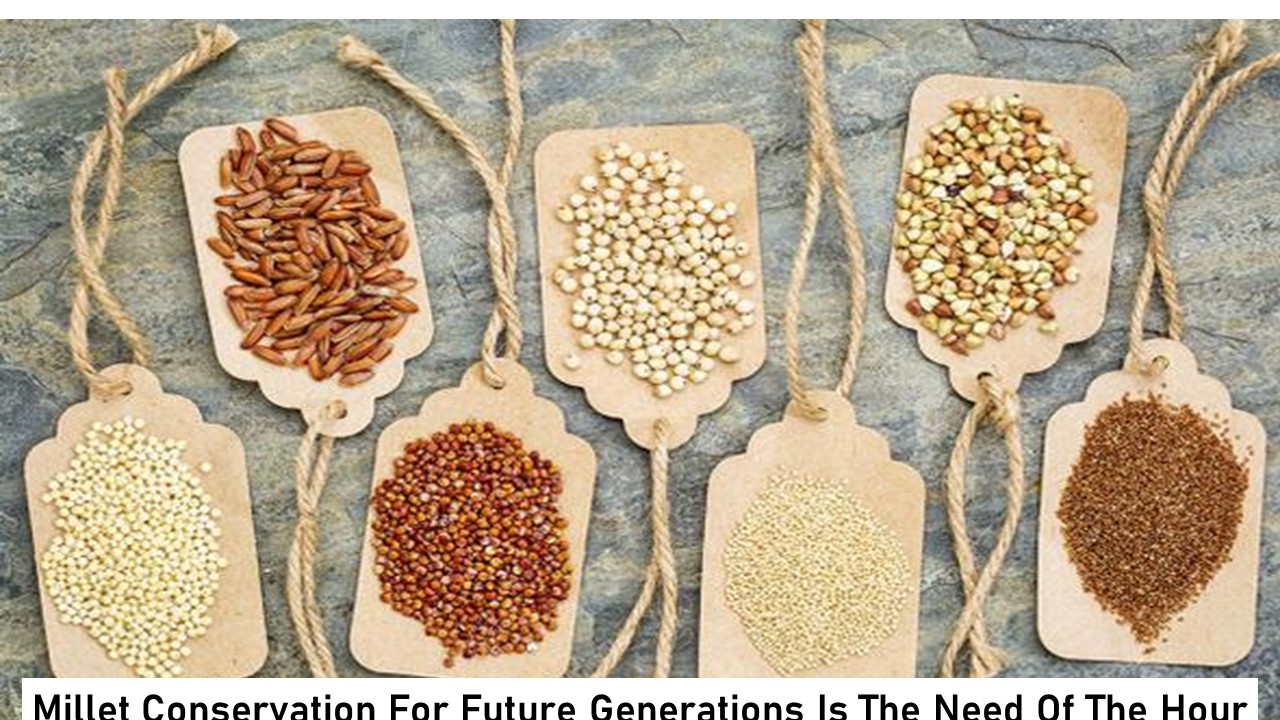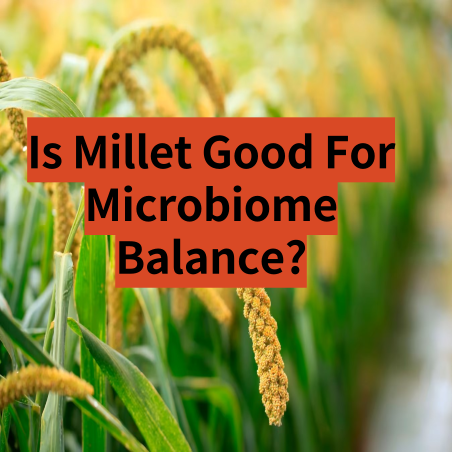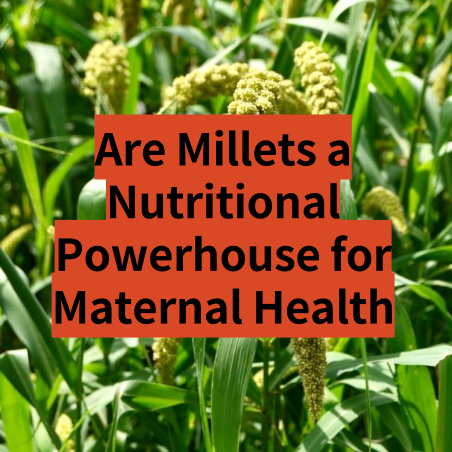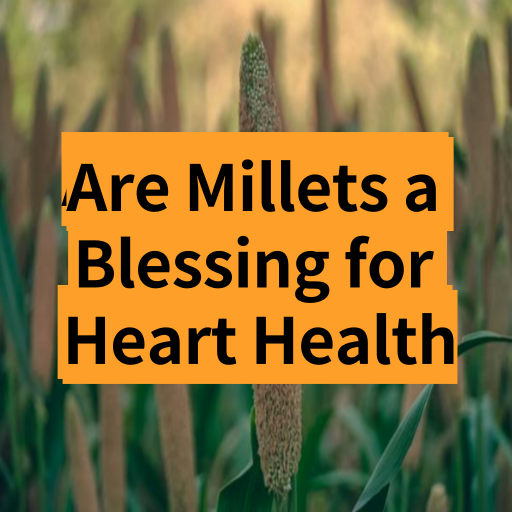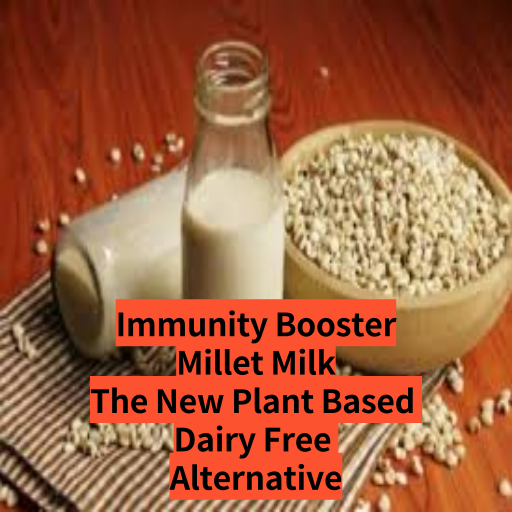Millet is the most precious food crop, well-known for thousands of years. It is a hardy crop that can grow in different soil types and climates. It is a crucial food source for people all over the globe. However, in recent years, the institution of high-yielding varieties of other crops has led to the neglect of millet. It is a concerning trend, as millet conservation is crucial for the future of our planet and future generations.
Conservation strategy
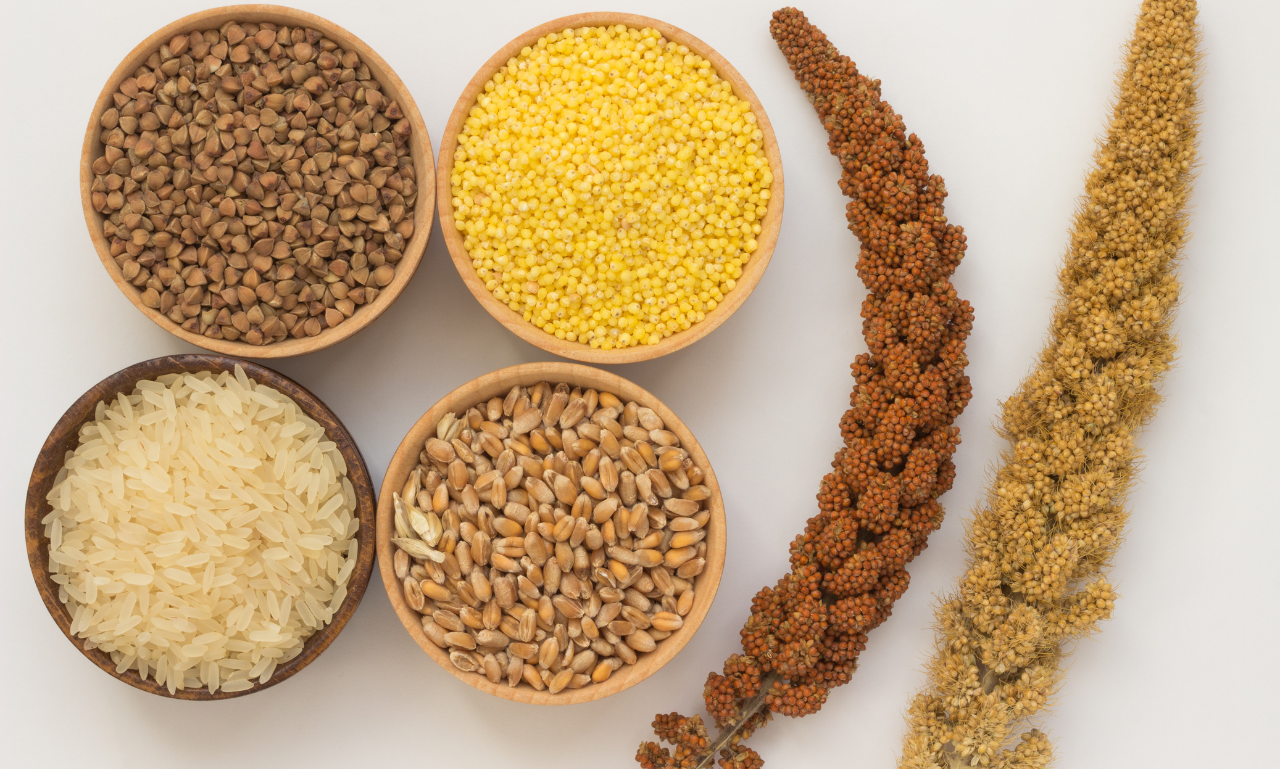
Maintaining soil health is critical for the successful cultivation of millets. Millet requires well-drained soils that are rich in organic matter and nutrients. Farmers can enhance soil health by adopting a range of practices, such as:
Soil testing
Tillers can test their soils to determine the nutrients and pH levels. This information can help them apply the right volume and type of organic droppings to guarantee optimum soil fertility.
Crop rotation
Rotating millets with other crops can help reduce soil-borne pests and conditions while enhancing soil health. Leguminous crops similar to beets can help fix nitrogen in the soil, which is good for millet growth.
Organic manures and fertilizers
Organic manures such as farmyard manure or compost can help enhance soil health by improving soil structure, water-holding capacity, and nutrient levels. Farmers can use fertilizers such as nitrogen, phosphorus, and potassium to meet the nutrient requirements of millet.
Mulching
Mulching is particularly beneficial for crops grown in areas with low rainfall or poor soil conditions. By covering the soil with a layer of organic material, such as straw or leaves, farmers can help retain moisture in the ground, which is essential for plant growth. It can help reduce the amount of water needed for irrigation, which can be costly and resource-intensive.
Conservation tillage
Conservation tillage reduces the need for tillage, which can damage soil health. Instead of plowing or tilling the soil, conservation tillage farmers use specialized equipment that helps plant seeds directly into the land without disturbing it. Plant growth and nutrient retention are better when the soil retains its natural fertility and structure.
Versatility of Millet
Millet is a highly versatile crop that can adapt to different climatic conditions and soil types. This adaptability makes it an important crop for many regions that face environmental challenges such as drought and low soil fertility. Millet is a drought-resistant crop, requiring less water than other crops such as wheat and rice. Furthermore, millet is highly nutritious, containing a vast amount of protein, vitamins, and minerals.
Significance of Millet in Developing Countries
In multiple developing countries, millet is a staple food eaten by millions of people. It’s a vital source of nutrition, especially for those who can’t affordcostlier foods. Millet is an essential take on original husbandry, delivering employment openings and supporting small-scale farmers.
Why Millet Conservation is Important
Millet is a hardy crop that can grow in various conditions and requires the fewest inputs. It’s rich in nutrients, including protein, fiber, and minerals, and is gluten-free. Millet also has a low glycemic index, making it suitable for people with diabetes. Likewise, millet is a vital source of income for many small farmers, particularly in developing countries.
Despite its numerous advantages, millet production and consumption have declined over time. It is due to various factors, including changing seasonal patterns, a lack of awareness about its nutrient value, and government and agribusiness advancements of high-yielding crops. Due to this, multiple types of millet have floated, and their inherited diversity is dropping.
The Decline of Millet Cultivation
Despite its multiple benefits, millet civilization has declined in recent times. It’s due to the preface of high-yielding types of other crops like wheat and rice. This shift in polish has led to the neglect of millet, with severe consequences for the terrain and people’s diets. The loss of millet culture has also led to the loss of traditional knowledge and artistic heritage associated with millet agriculture and consumption.
Millet and Sustainable Agriculture
Millet refinement is an essential element of sustainable forming. Millets are a low-input crop, meaning they bear a loss of water, mycotoxin, and toxins than other grains. It makes them a more environment friendly option for cultivators and helps to save soil fertility.
In addition, millet civilization promotes crop diversity which is pivotal for maintaining soil health and helping control the spread of pests and other conditions. Incorporating millets into crop reels can reduce farmers’ reliance on monocultures and promote more flexible and sustainable farming practices.
Health Benefits of Millets
Consuming millet has numerous health benefits. Millets are rich in protein, fiber, and essential vitamins and minerals, including iron, magnesium, and vitamin B6. They’re also gluten-free which makes them a suitable option for people with a celiac complaint or gluten dogmatism.
Millets have a low glycemic index, meaning that they release glucose into the bloodstream at a low rate than other grains. It makes them a good option for people with diabetes or anyone looking to manage their blood sugar levels.
Increase Public Awareness
Knowledge about millet’s nutritional benefits and significance in sustainable farming can help promote its consumption and civilization. Governments, husbandry associations, and the media can play a vital role in creating awareness about millet.
Conclusion
The conservation of millet is pivotal for the future of our earth and future generations. Farmers, NGOs, governments, and consumers should take responsibility for the conservation of millet. It furnishes the benefits of the terrain but promotes a sustainable economy, protects biodiversity, preserves traditional knowledge and artistic heritage, and improves nutrition and health. By supporting the conservation of millet, we can secure a better future for all.
FAQs
Why is millet important for food security?
Millet is a hardy crop that can grow in different conditions and requires minimal inputs. It is rich in nutrients. Millet is a crucial source of income for many small farmers, particularly in developing countries.
Why are millets essential for sustainable agriculture?
Millets need less water and have lower input costs compared to other cereal crops, and this specialty makes them an ideal crop for sustainable farming. Also, millets are highly nutritional and rich in fiber, vitamins, and minerals, making them a critical part of a healthy diet.
How can individuals promote the consumption of millet?
Individuals can promote the consumption of millets by incorporating them into their diets, spreading awareness about their nutritional benefits, and supporting farmers who grow millets. Visit us for more details

